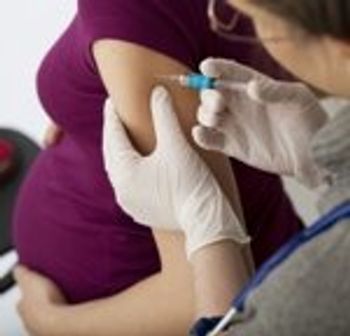
Evidence mounts that flu vaccine in pregnancy is safe, but congenital anomalies need to be better defined and slight increases in maternal outcomes explained.

Evidence mounts that flu vaccine in pregnancy is safe, but congenital anomalies need to be better defined and slight increases in maternal outcomes explained.

A history of at least 1 major depressive episode and a diagnosis of posttraumatic stress disorder (PTSD) may increase the risk of preterm birth (PTB) 4-fold, according to a recent study in JAMA Psychiatry.

According to a recent report from the Centers for Disease Control and Prevention, the number of women undergoing induced labor is finally on the decline after many decades on the rise. One benefit is that the number of deliveries before 39 weeks has similarly fallen.

Forcing surgery on a patient is never okay. Paul Burcher, MD, PhD, discusses respecting patient choice even when the clinical outcomes may be regrettable.
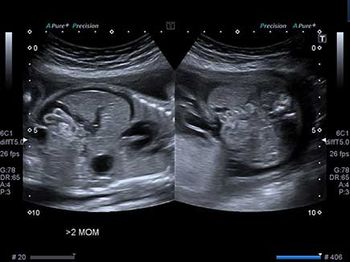
Challenge your diagnostic skills: Are these normal findings?

In hypertensive pregnant women, snoring is a strong indicator of obstructive sleep apnea, a sleep disorder that may be associated with poor pregnancy outcomes.
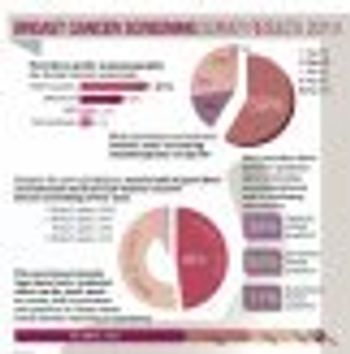
This infographic reveals the breast cancer screening practices of fellow ObGyn.net readers. How do your recommendations compare with those of your colleagues?

Women with interpregnancy intervals (IPIs) of less than 18 months may be at increased risk of preterm delivery, according to a new study in BJOG.

Post-traumatic stress disorder (PTSD) and a major depressive episode during pregnancy are predictors of preterm delivery, independent of SRI or benzo use.
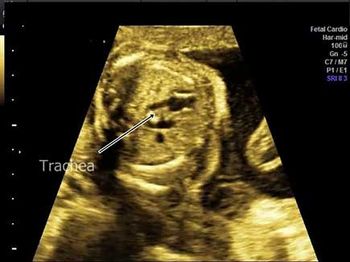
Challenge your diagnostic skills: Is this fetal heart normal or abnormal?

Drs Louise King, Camran Nezhat, and Paul Wetter discuss an effective teamwork model, agreeing that patients have better outcomes when clinicians work as a team.

New study results may alleviate concerns about use of antipsychotics in pregnancy. However, higher doses often mean more problems for baby.

According to a new retrospective study in Obstetrics & Gynecology, second-stage labor that lasts more than 2 hours may increase the risk of complications.

Monique Rasband, of KLAS Research, discusses which ultrasound products and vendors are favored by Ob/Gyns because of time-saving capabilities.

Shorter birth intervals can up the odds for preterm delivery, suggesting that women at risk for preterm labor receive special counseling about birth spacing.

Pre-planning is key to achieving the most optimal clinical outcomes for patients with multiple challenging risk factors or individual characteristics.
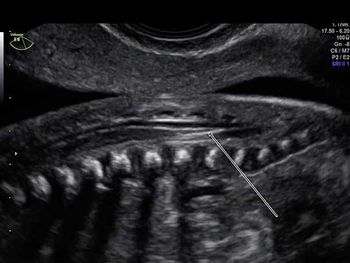
Challenge your anatomy skills: Can you identify the spinal structure?

The rate of sexual assault among female veterans is high, and the criminal act has pronounced associations with infertility, abortion, and childlessness.
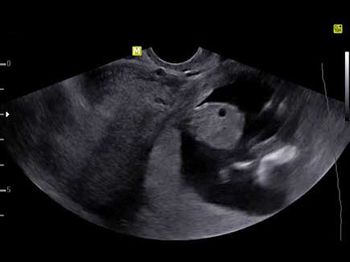
Challenge your diagnostic skills: What’s odd about this 16-week pregnancy?

New research shows that high cholesterol levels in both men and women can impact the time it takes to achieve pregnancy.

The correct response to oligohydramnios and polyhydramnios hinges on timing, severity, and comorbidity.
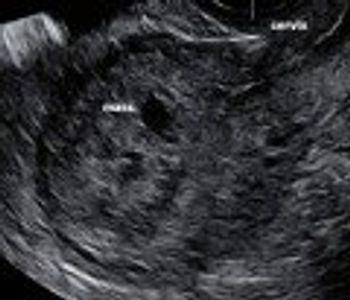
Postabortal placental polyps and uterine arteriovenous malformations can look identical on ultrasonography. Read how saline instillation sonohysterography helped discern the diagnosis.

Informed consent is more than just a signed consent form, says ethics blogger Paul Burcher, MD, PhD, who weighs in on a different way to think about this practice.

The extent and timing of maternal depression is being underestimated, according to new research, highlighting the need for improvement in maternal depression screening.

To help combat iodine deficiency in pregnant and breastfeeding women, the American Academy of Pediatrics now recommends that these women take iodine supplements.